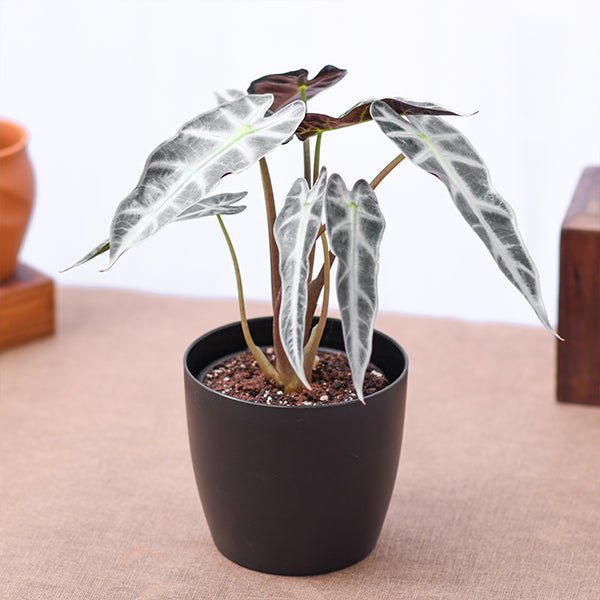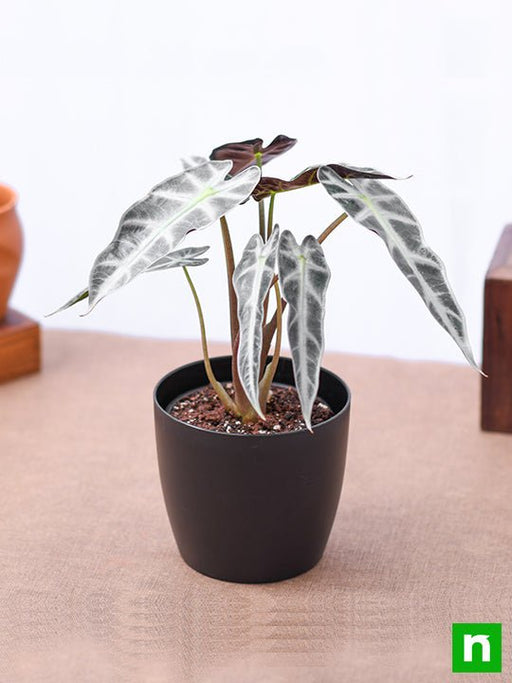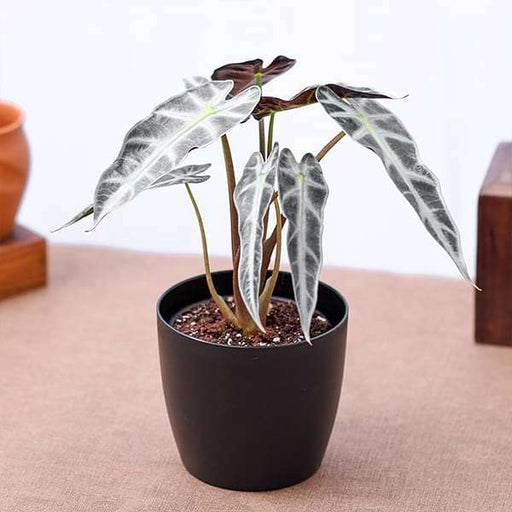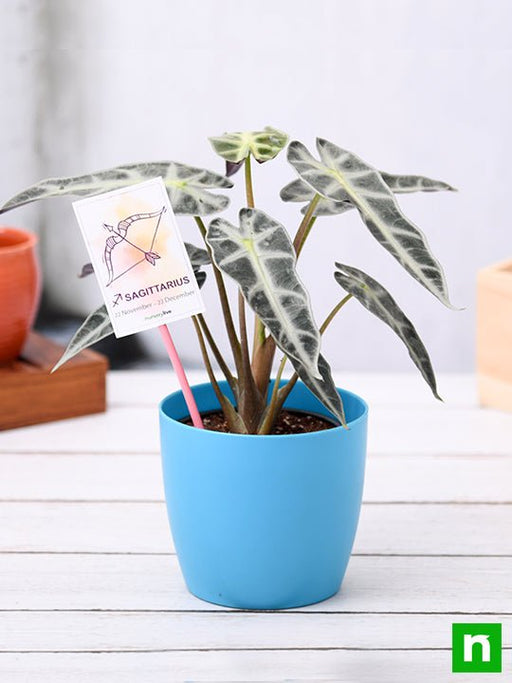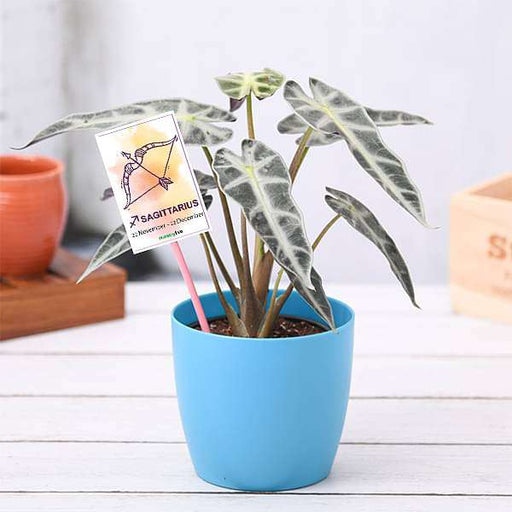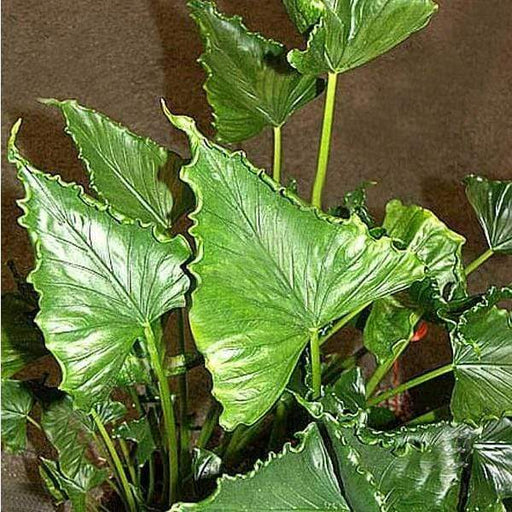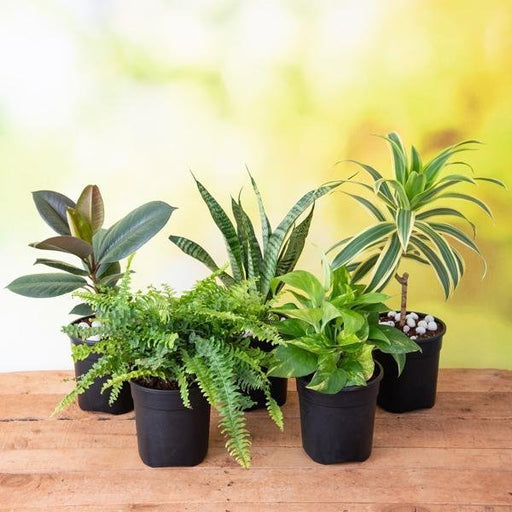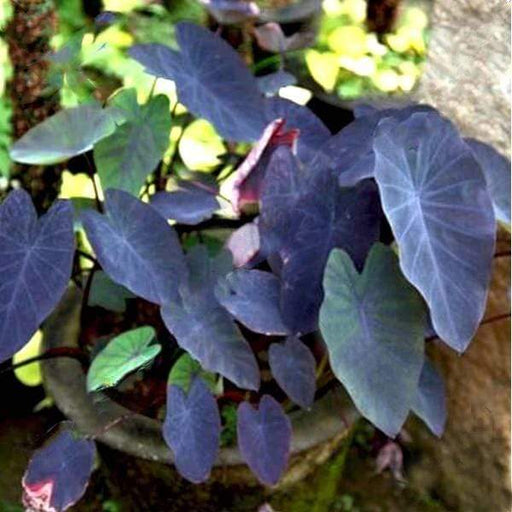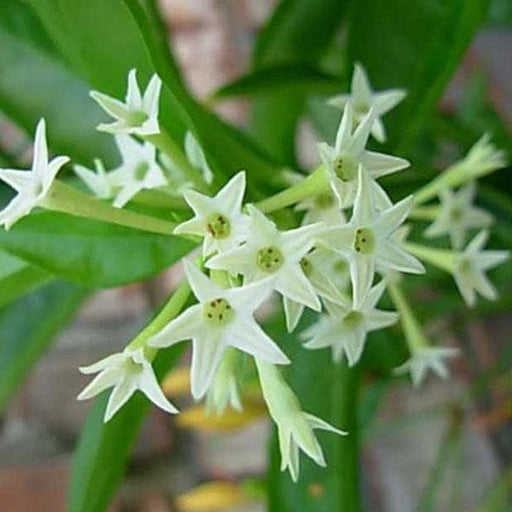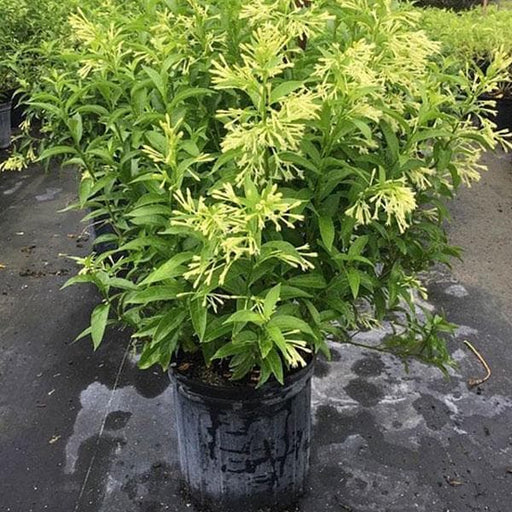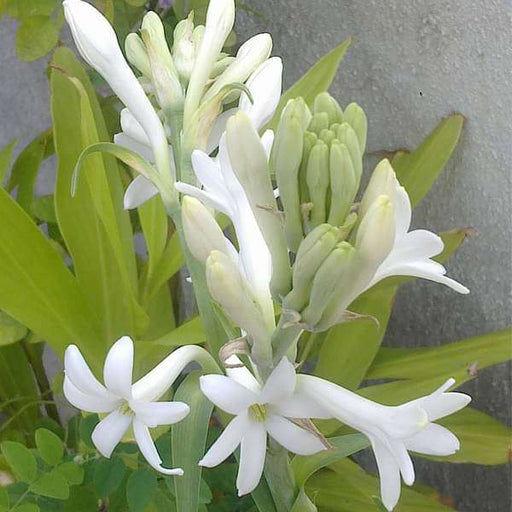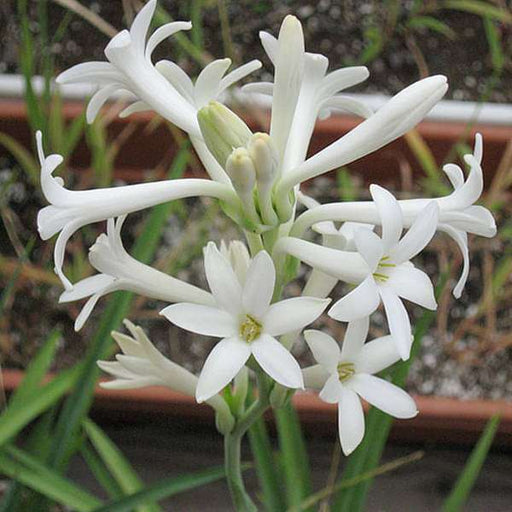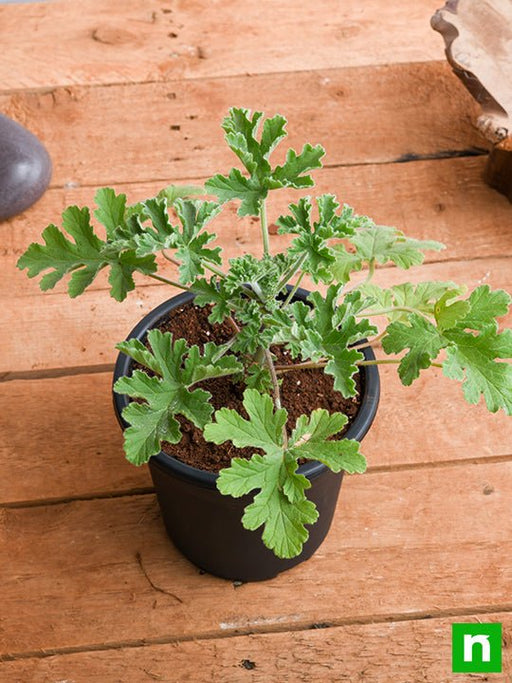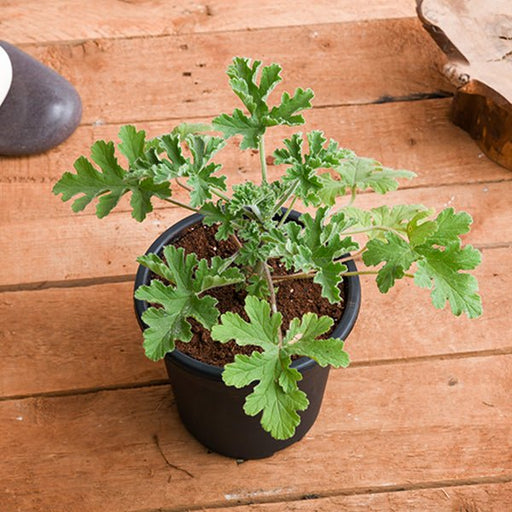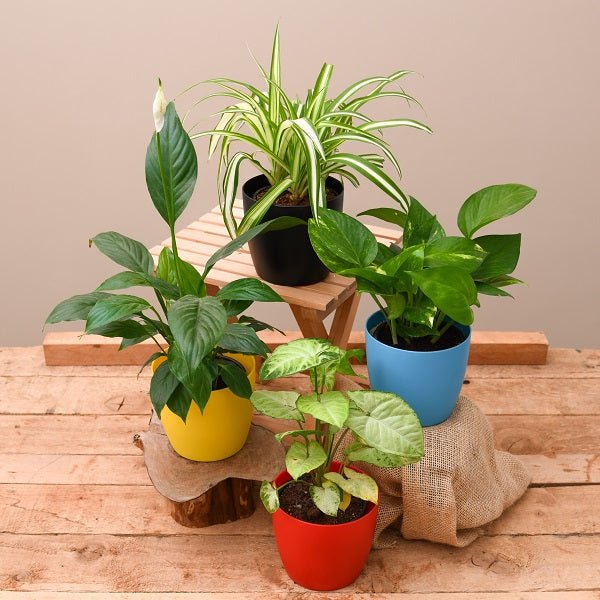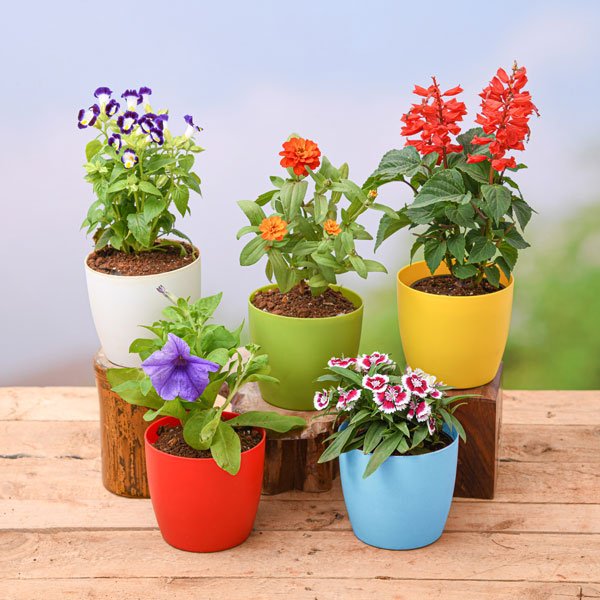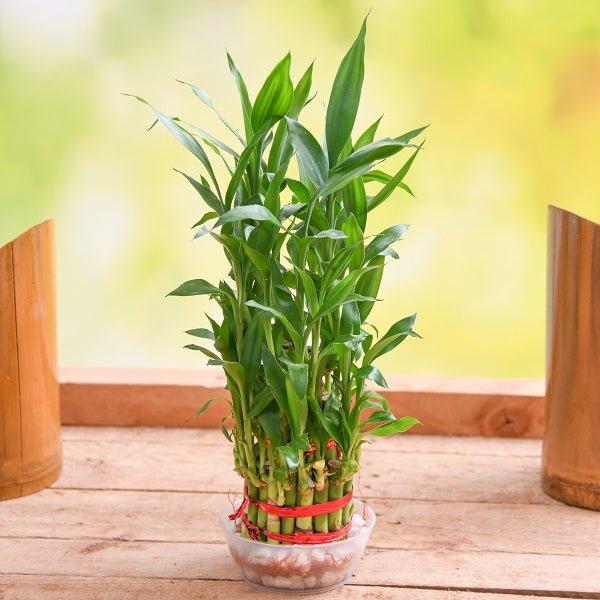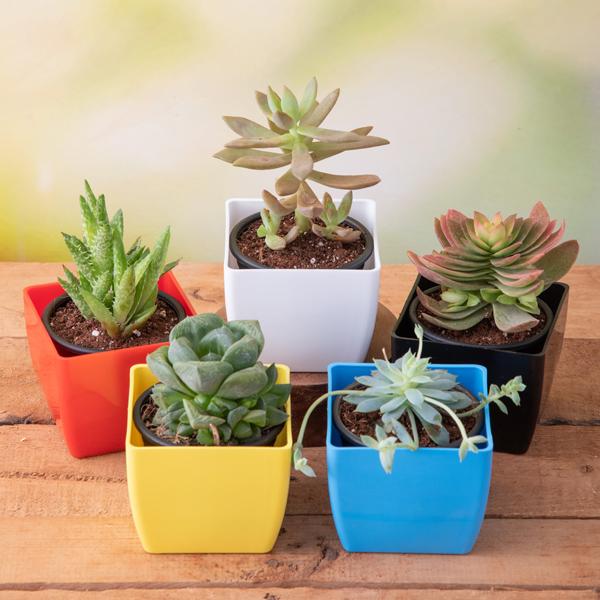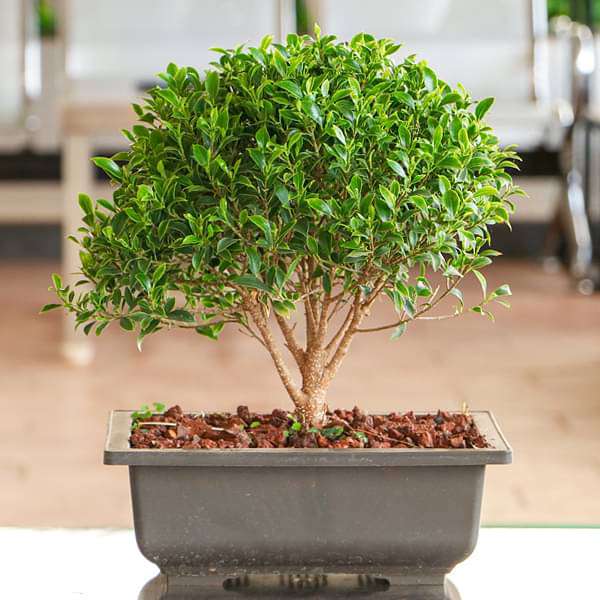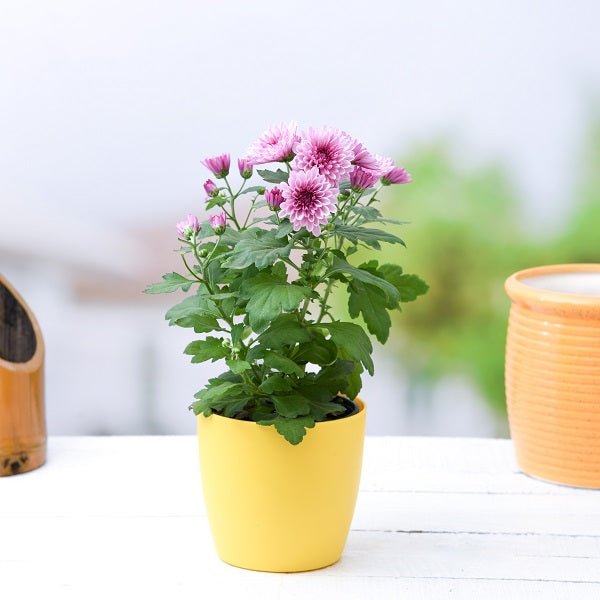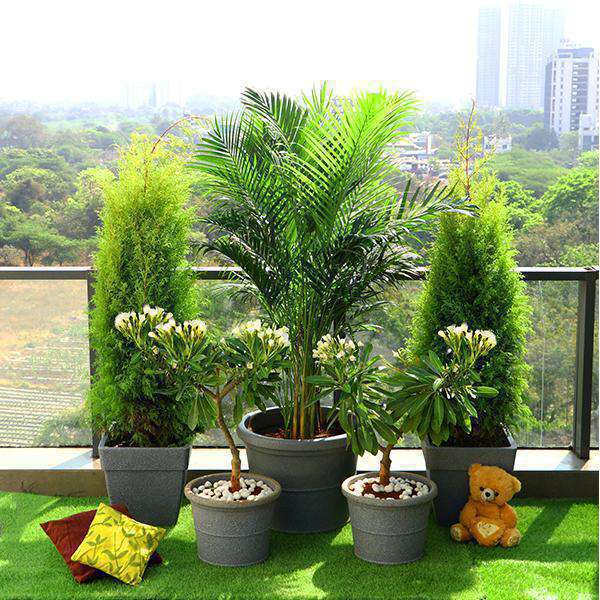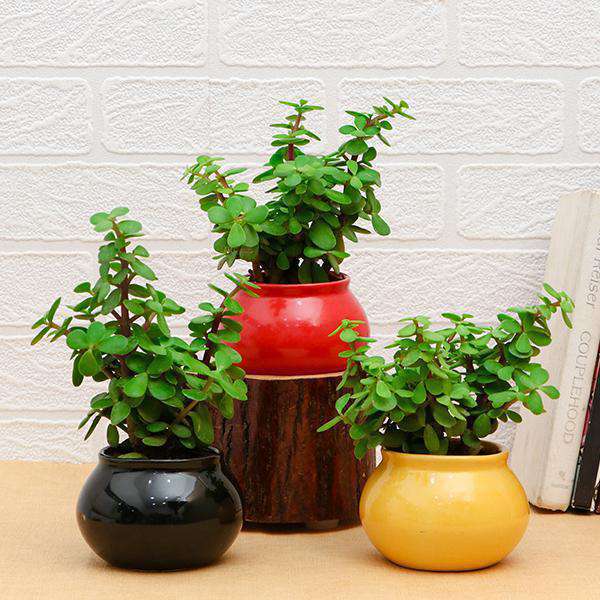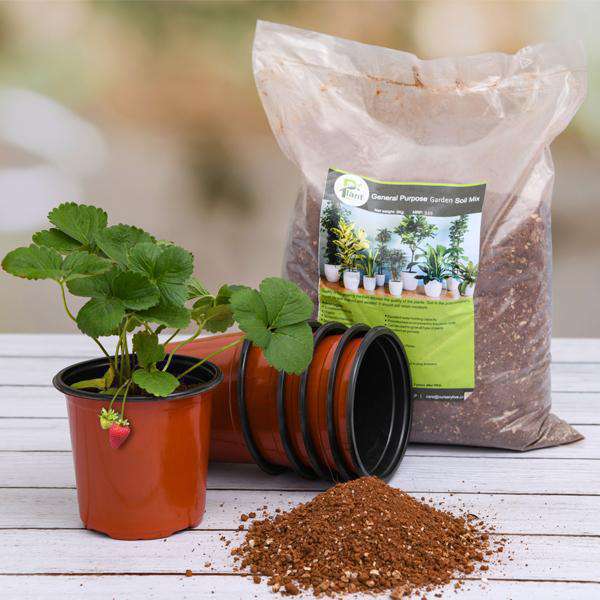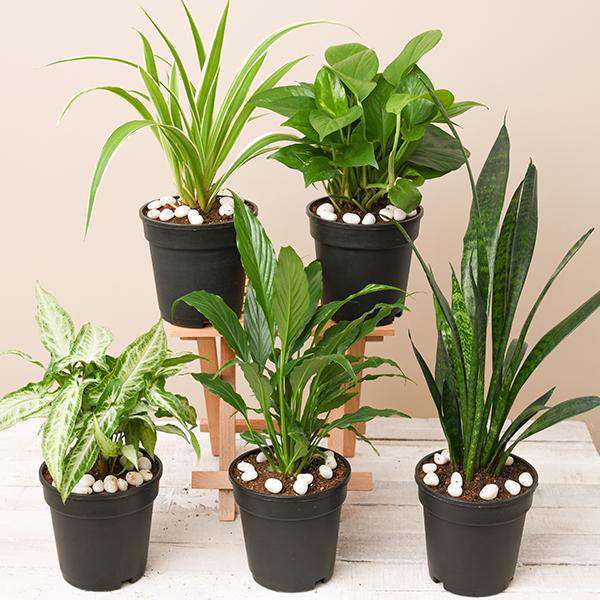Alocasia Varieties
Dramatic darlings! Explore the diverse range of Alocasia plants, each boasting striking foliage and bold patterns that make a statement in any setting.
Alocasia Care
The royal treatment! Unveil the secrets to keeping your Alocasia plants healthy and thriving, from the perfect lighting conditions to the ideal watering routine.
Alocasia Propagation
Leafy legacies! Learn how to propagate your Alocasia plants, multiplying your collection and sharing the joy of these stunning specimens with others.
Alocasia Container Gardening
Potted marvels! Dive into the world of container gardening with Alocasia plants, finding the right pots, soil mixes, and arrangements for your tropical treasures.
Alocasia Indoor Growing
Lush interiors! Transform your living space with Alocasia plants, bringing a touch of the tropics and a bold, exotic ambiance to your home.
Alocasia Outdoor Growing
Jungle vibes! Incorporate Alocasia plants into your outdoor garden or patio, creating a lush, tropical oasis that transports you to an exotic paradise.
Alocasia Blooms
Subtle surprises! Witness the understated beauty of Alocasia flowers, as these foliage-focused plants occasionally produce delicate, intriguing blooms.
Alocasia for Beginners
Greenhorn's guide! Start your Alocasia collection with confidence, choosing the most resilient and low-maintenance varieties perfect for new plant enthusiasts.
Alocasia Watering Tips
Tropical hydration! Master the art of watering your Alocasia plants, providing the perfect balance of moisture and drainage to keep your tropical beauties flourishing.
Alocasia Light Requirements
Radiant growth! Discover the ideal light conditions for your Alocasia plants, ensuring they receive the perfect amount of sunlight to grow and prosper.
Alocasia Soil Mixes
Tropical foundation! Create the ideal soil mix for your Alocasia plants, providing the perfect blend of drainage, aeration, and nutrients for lush, vibrant growth.
Alocasia Pests and Diseases
Healthy havens! Safeguard your Alocasia plants from common pests and diseases, utilizing effective prevention and treatment strategies to maintain their health and vitality.
Alocasia Plant Companions
Flora friends! Uncover the best plant companions for your Alocasia collection, creating visually stunning arrangements that showcase each plant's unique beauty.
Alocasia History and Origins
Exotic roots! Delve into the fascinating history and origins of Alocasia plants, learning about their native habitats and the journey that brought them into our homes and gardens.
Alocasia Collecting
Tropical treasures! Embrace the joy of collecting Alocasia plants, seeking out rare and unusual varieties to expand your lush, tropical showcase.
Alocasia Gifting
Exotic elegance! Choose the perfect Alocasia plant as a thoughtful and impactful gift, delighting friends and family with a touch of living, tropical beauty.
Alocasia in Terrariums
Rainforest realms! Design captivating terrariums featuring Alocasia plants, creating miniature rainforest landscapes that spark wonder and brighten any space.
Alocasia in Interior Design
Bold botanicals! Incorporate Alocasia plants into your interior design scheme, adding a touch of tropical drama and visual intrigue to your home décor.
Alocasia Photography
Picture-perfect foliage! Capture the stunning beauty of Alocasia plants, showcasing their dramatic leaves and bold patterns in breathtaking photographs.

